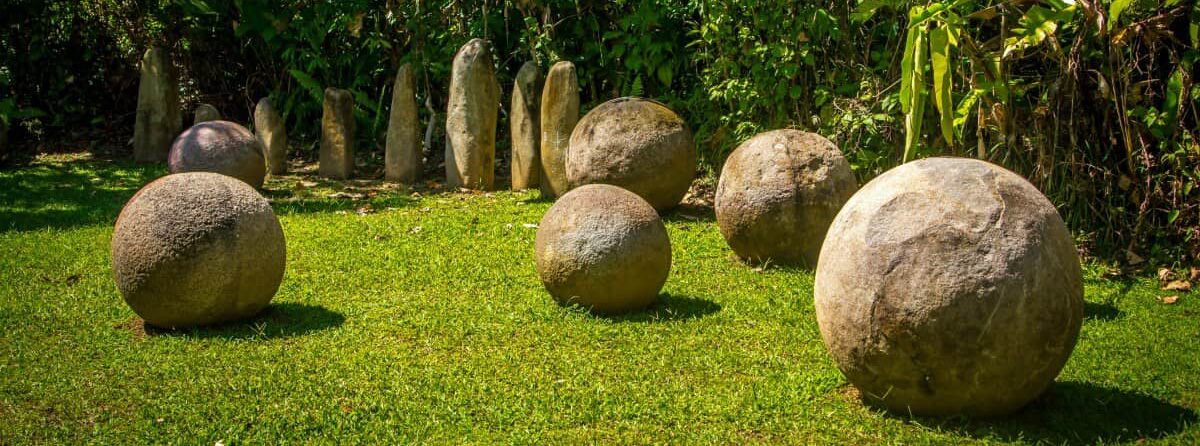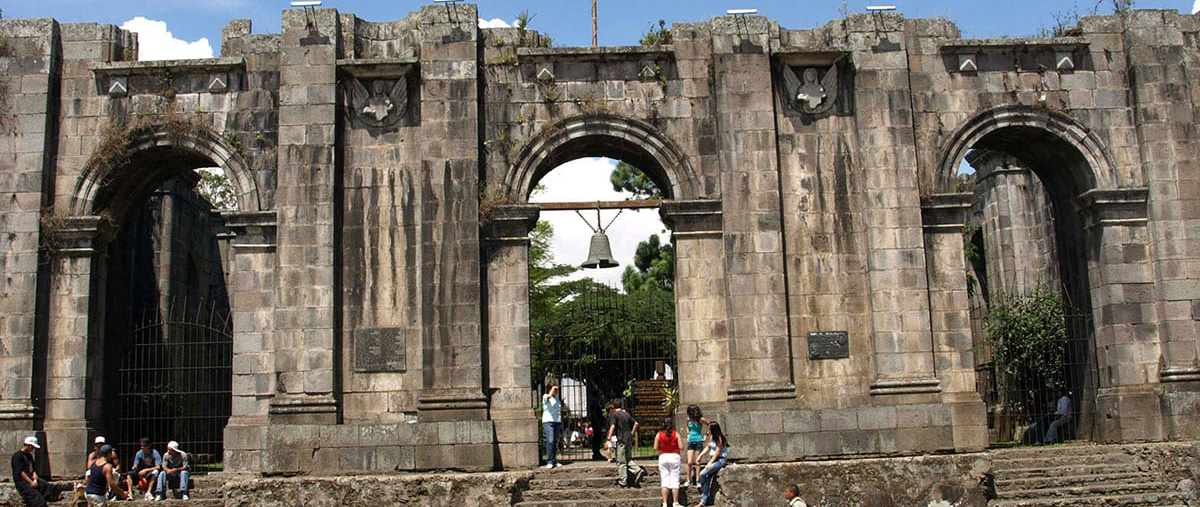
Brief History
By the time Columbus arrived to Costa Rica at 1502, there were around 400,000 Indians. Years later, Costa Rica became a Spanish province. By 1522 the settlement began and Spain administered the region as part of the Captaincy General of Guatemala under a military governor. Because of the lack of a large indigenous labor force, the population’s ethnic and linguistic homogeneity, and Costa Rica’s isolation from the Spanish colonial centers, the landowners developed an autonomous and individualistic agrarian society amongst an egalitarian tradition. In 1821 Costa Rica and the other Central America countries achieved independence.
Although the newly independent provinces formed a Federation, border disputes broke out among them, adding to the region’s turbulent history and conditions. Costa Rica became a republic in 1848, except for the military dictatorship of Tomás Guardia from 1870 to 1882; Costa Rica has enjoyed one of the most democratic governments in Latin America. A peaceful democracy era began in 1899 with elections considered the first truly free and honest ones in the country’s history. This began a trend that continued until today with only two lapses: in 1917-19, Federico Tinoco ruled as a dictator, and, in 1948, Jose Figueres led an armed uprising in the wake of a disputed presidential election. It was the. bloodiest event in 20th-century Costa Rican history, but the victorious junta drafted a constitution guaranteeing free elections with universal suffrage and the abolition of the military. Jose Figueres became a national hero and won the first election under the new constitution in 1953. Since then, Costa Rica has held 18 presidential elections, the latest in 2022.
Political System
Costa Rica has no military and maintains only domestic police and security forces. A professional Coast Guard was established in 2000. Costa Rica has emphasized the development of democracy and respect for human rights for so long. The country’s political system has steadily developed, maintaining democratic institutions and an orderly, constitutional scheme for government succession. Several factors have contributed to this trend, including enlightened leadership, comparative prosperity, flexible class lines, educational opportunities that have created a stable middle class, and high social indicators. Also, because Costa Rica has no armed forces, it has avoided military involvement in political affairs, unlike other countries in the region.
New Era
Costa Rica used to be known principally as a producer of bananas and coffee, but pineapples have surpassed coffee as the number two agricultural export. Manufacturing and industry’s contribution to GDP overtook agriculture in the 1990s, led mainly by foreign investment in Costa Rica’s free trade zone. Over half of that investment has come from the United States: Del Monte, Dole, and Chiquita have a large presence in the banana and pineapple industries. In the 1990s, Costa Rica began a strong policy to attract important investments. As a result of those efforts, companies such as Intel Corporation; Procter and Gamble, Boston Scientific, Allergan, Hospira, and Baxter have settled operations in Costa Rica.

Area: 51,100 sq. km (19,730 sq. mi.)
Cities: Capital–San Jose (greater metropolitan area pop. 2.1 million, the greater metropolitan area as defined by the Ministry of Planning and Economic Policy includes the cities of Alajuela, Cartago, and Heredia). Other major cities outside the San Jose capital area are Puntarenas, Limon, and Liberia.
Climate: Mild in the central highlands, tropical and subtropical in coastal areas.
Nationality: Noun and adjective–Costa Rican(s).
Population: (2011): 4,576,562.
Religion: Roman Catholic 76.3%, Evangelical Protestant 13.7%, other 4.8%, none 3.2%.
Languages: Spanish, with a southwestern Caribbean Creole dialect of English spoken around the Limon area.
Education: Years compulsory–9. Attendance–99% grades 1-6; 71% grades 7-9. Literacy–96%.
Government Type: Democratic republic.
Independence: September 15, 1821.
Constitution: November 7, 1949.
Branches: Executive–president (head of government and chief of state) elected for one 4-year term, two vice presidents, Cabinet (22 ministers, two of whom are also vice presidents). Legislative–57-deputy unicameral Legislative Assembly elected at 4-year intervals. Judicial–Supreme Court of Justice (22 magistrates elected by Legislative Assembly for renewable 8-year terms). The offices of the Ombudsman, Comptroller General, and Procurator General assert autonomous oversight of the government.
